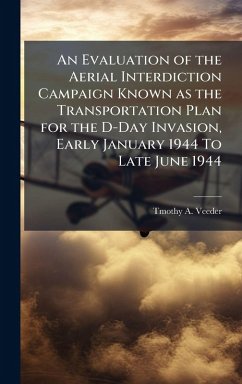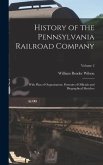The various airmen leading the air war had great differences of opinion regarding what to target in the European theater of operations in support of Operation Overlord. The central leadership figures were Lt. General Carl Spaatz, USSTAF commander, and Air Chief Marshal Trafford Leigh-Mallory, AEAF commander. Each of these military men obviously wanted to support the planned Allied invasion, but they held differing opinions in regard to how to best support the invasion troops. They were greatly influenced by both personal experience and the advice of their respective scientific advisors, Walt W. Rostow and Dr. Solly Zuckerman. Also, Air Marshal Tedder, Deputy Supreme Allied Commander, and Air Marshal Harris, Commander of the RAF Bomber Command, contributed to the decisions to carry out the transportation interdiction campaign.This research focuses on the period January 1944 through the end of June 1944. It includes a literature review of published memoirs and historic accounts of the individuals involved in the decision to implement the transportation plan. The archives of the Air Force Historical Research Agency were accessed to obtain actual accounts and directives implementing the pre-D-Day interdiction campaign. Numerous facts support a discussion of each of the airmen's interests and the controversy that surrounded the transportation campaign.The implementation of the transportation interdiction campaign resulted in the successful denial of German reinforcements to the Normandy beachhead. This success was a result of five significant factors. This work has been selected by scholars as being culturally important, and is part of the knowledge base of civilization as we know it. This work was reproduced from the original artifact, and remains as true to the original work as possible. Therefore, you will see the original copyright references, library stamps (as most of these works have been housed in our most important libraries around the world), and other notations in the work. This work is in the public domain in the United States of America, and possibly other nations. Within the United States, you may freely copy and distribute this work, as no entity (individual or corporate) has a copyright on the body of the work. As a reproduction of a historical artifact, this work may contain missing or blurred pages, poor pictures, errant marks, etc. Scholars believe, and we concur, that this work is important enough to be preserved, reproduced, and made generally available to the public. We appreciate your support of the preservation process, and thank you for being an important part of keeping this knowledge alive and relevant.
Bitte wählen Sie Ihr Anliegen aus.
Rechnungen
Retourenschein anfordern
Bestellstatus
Storno








